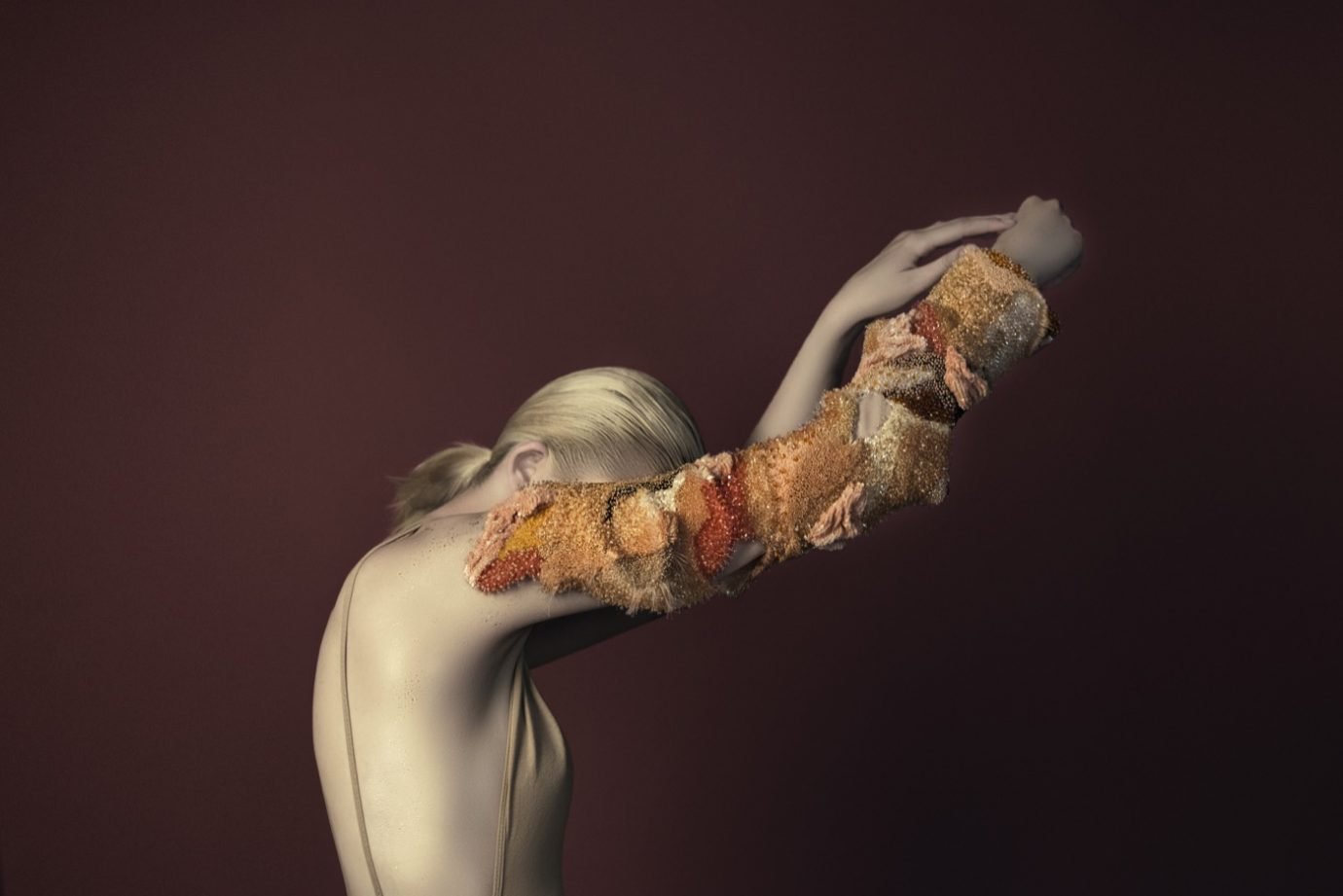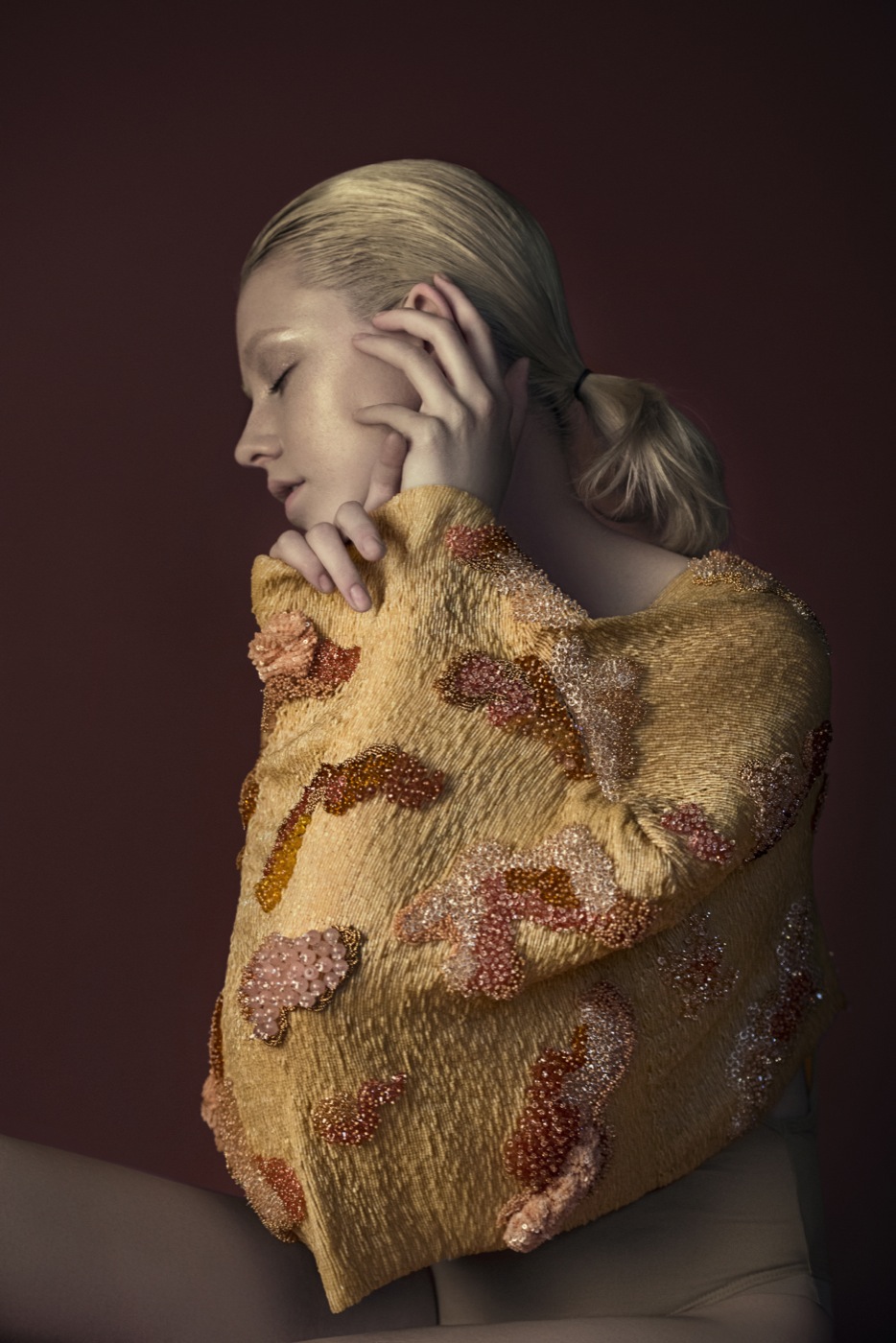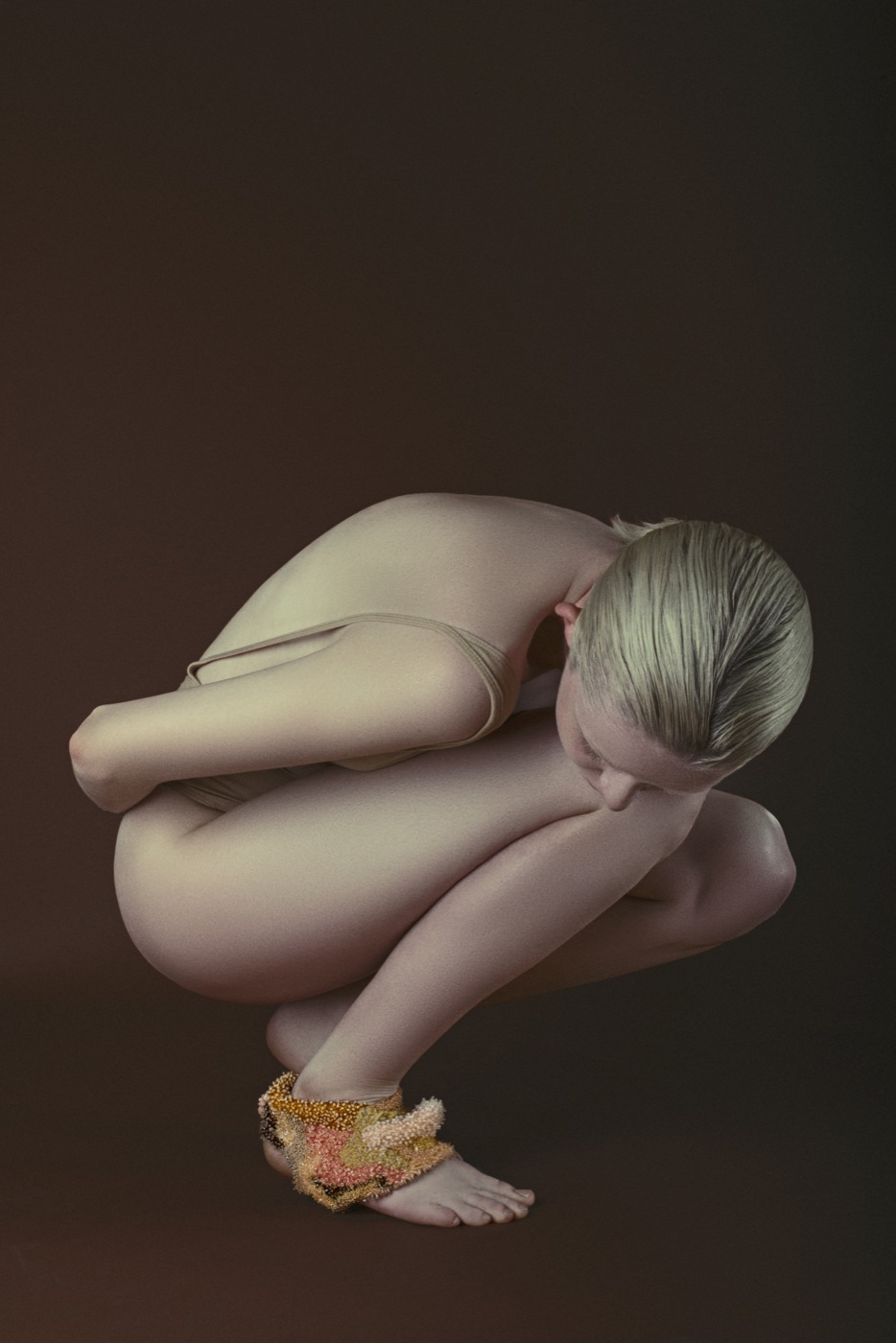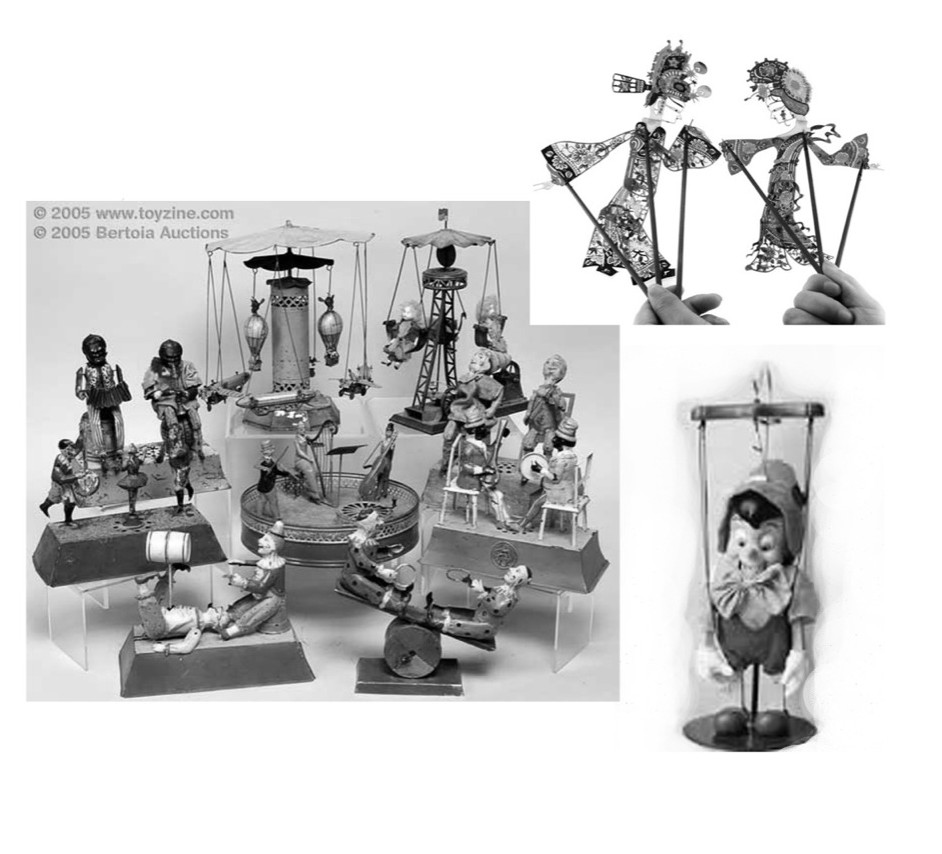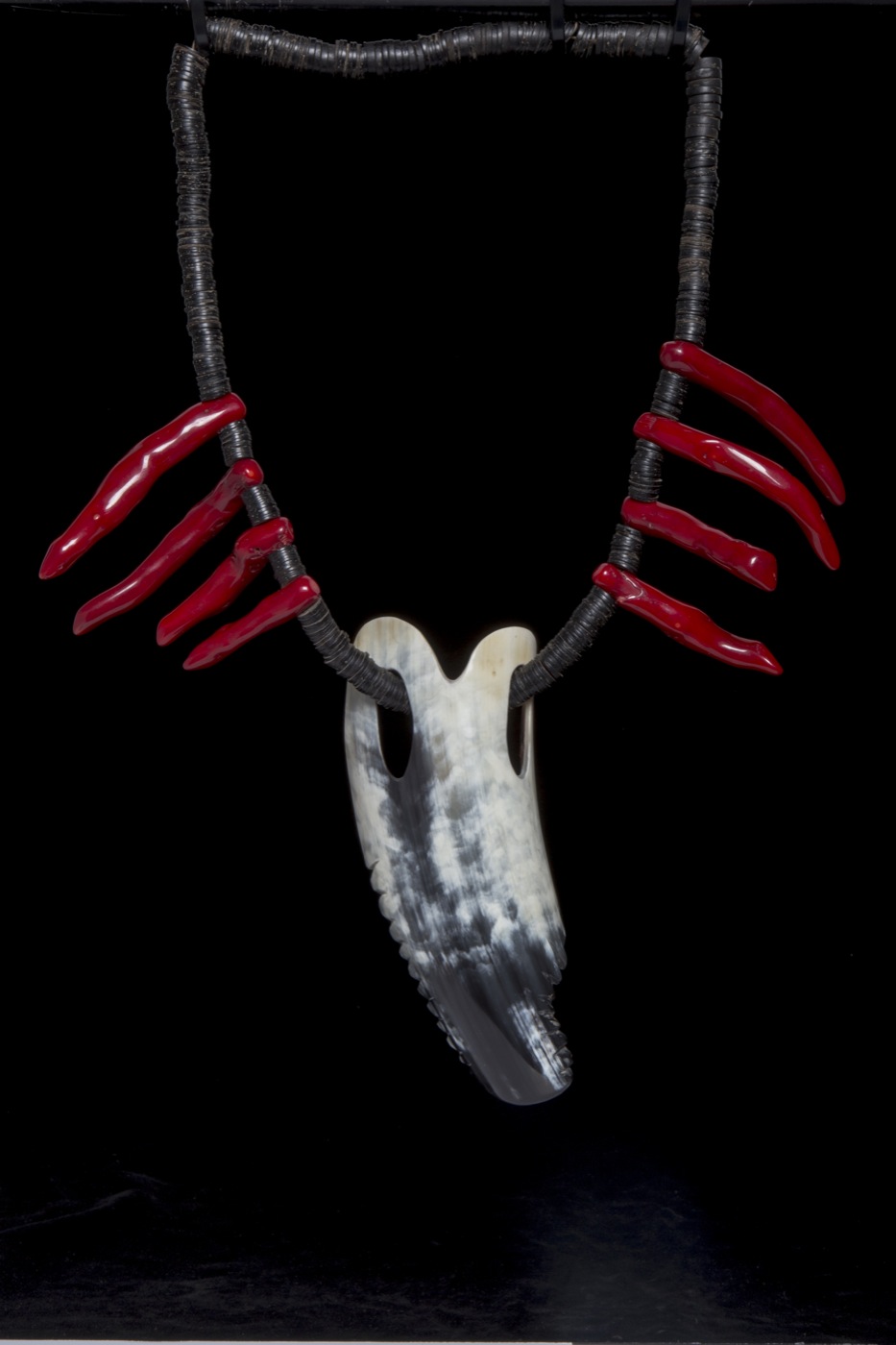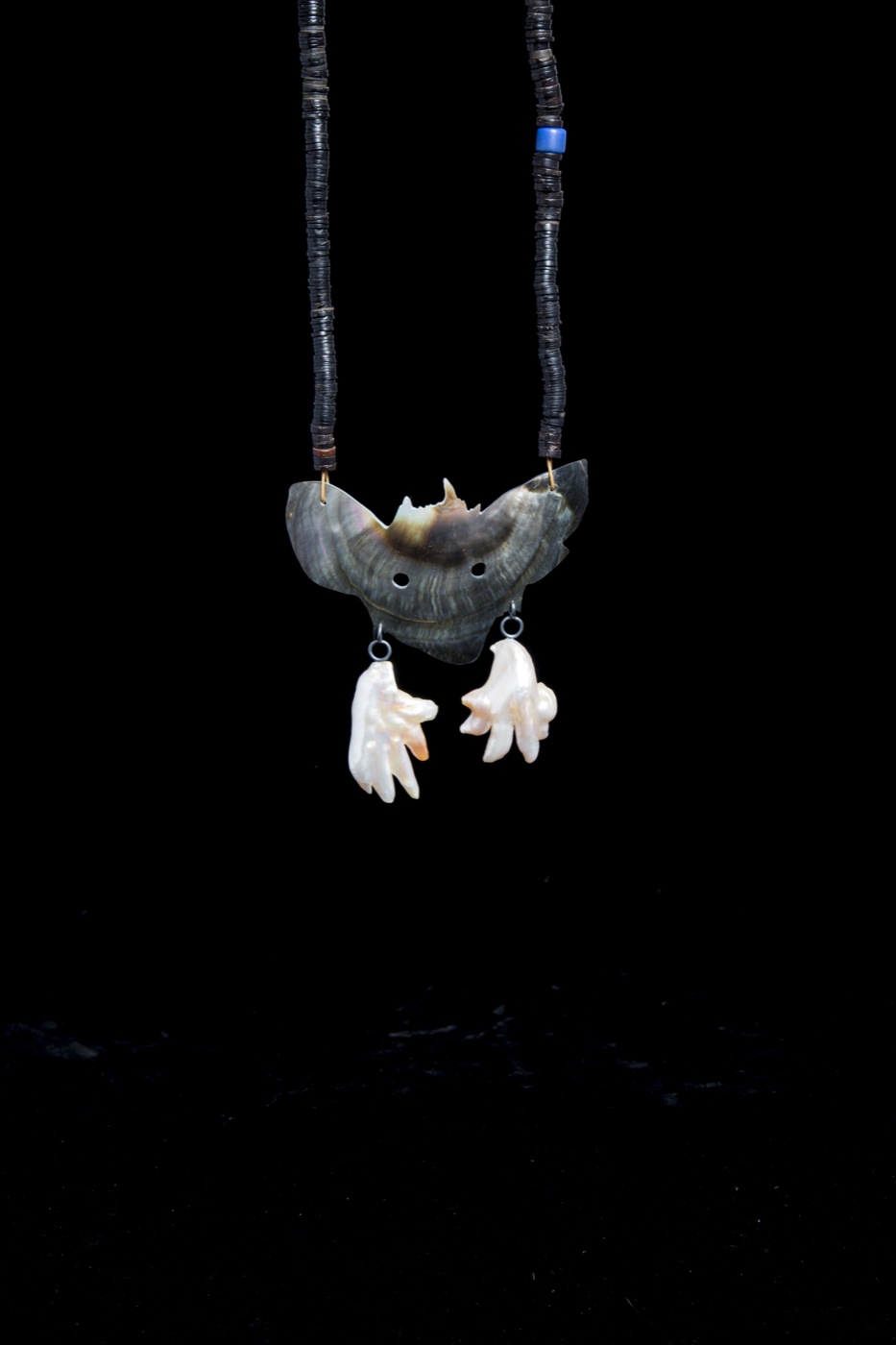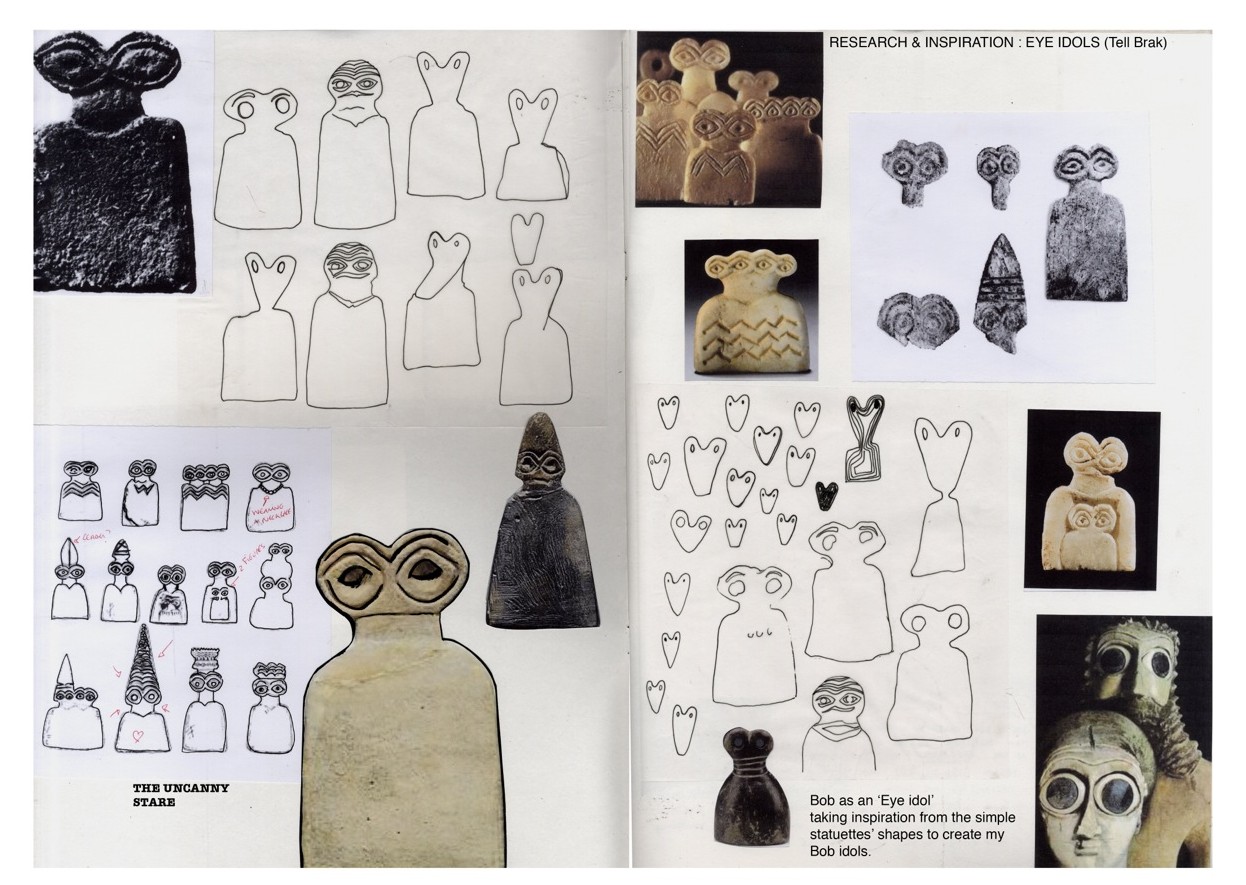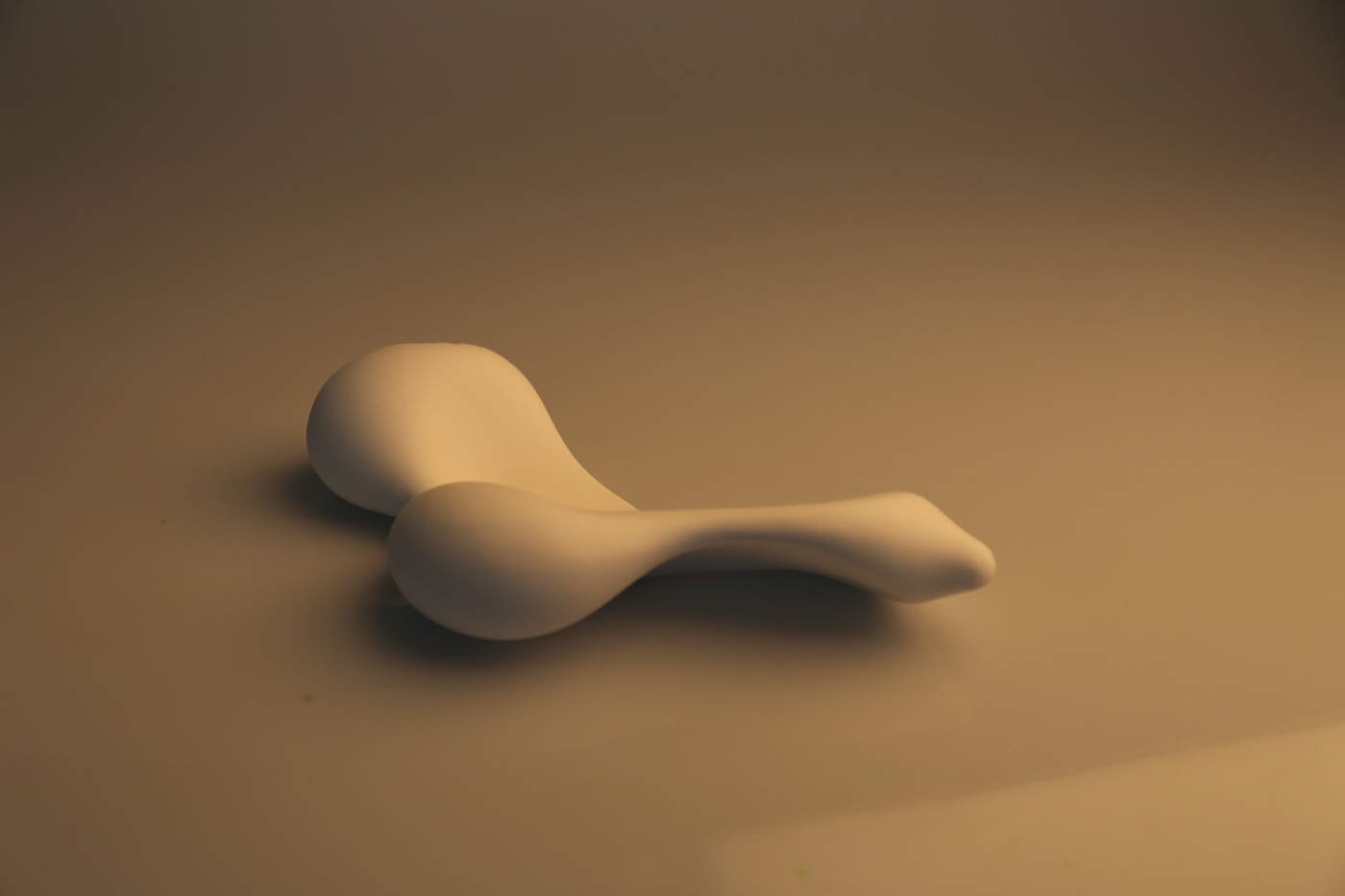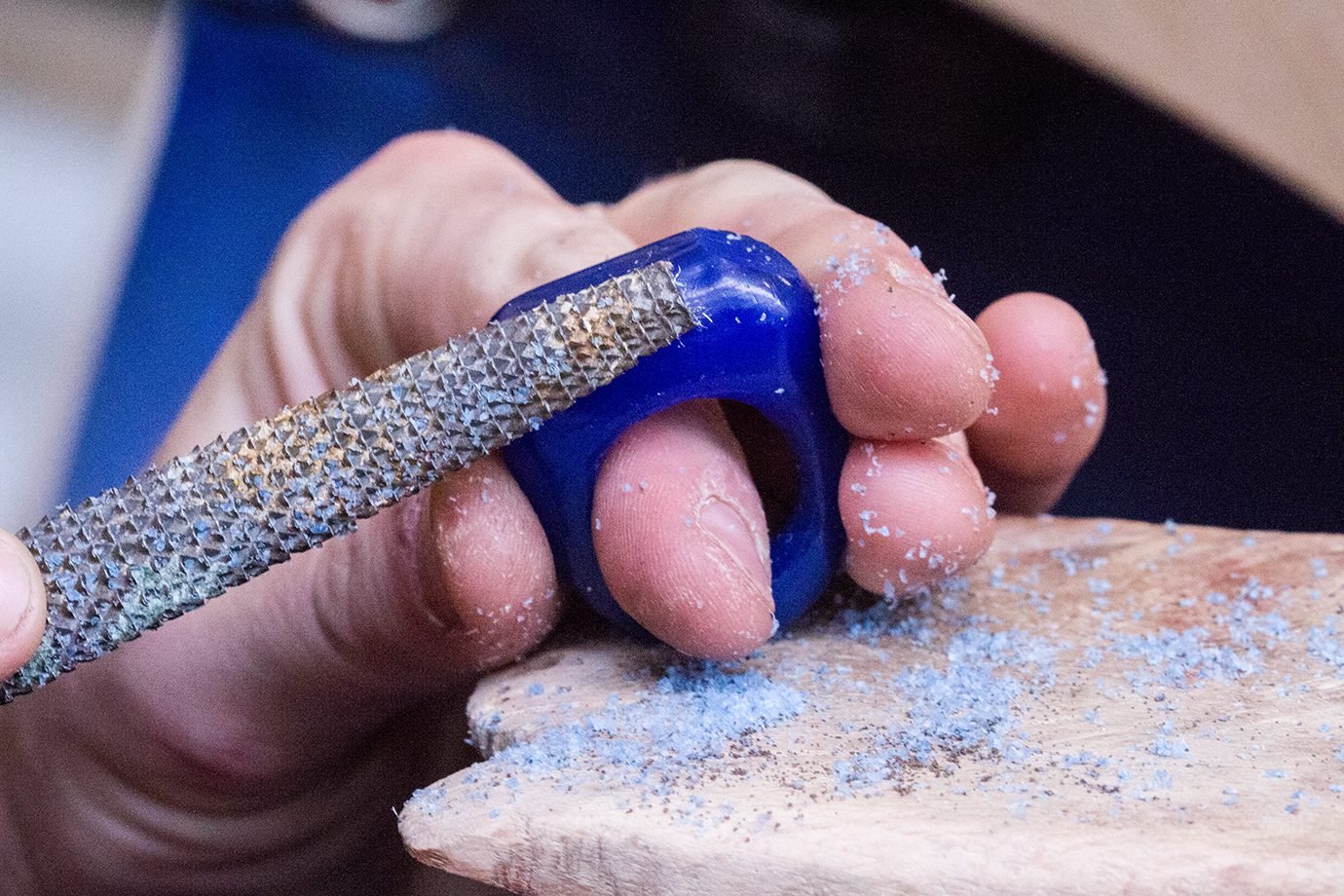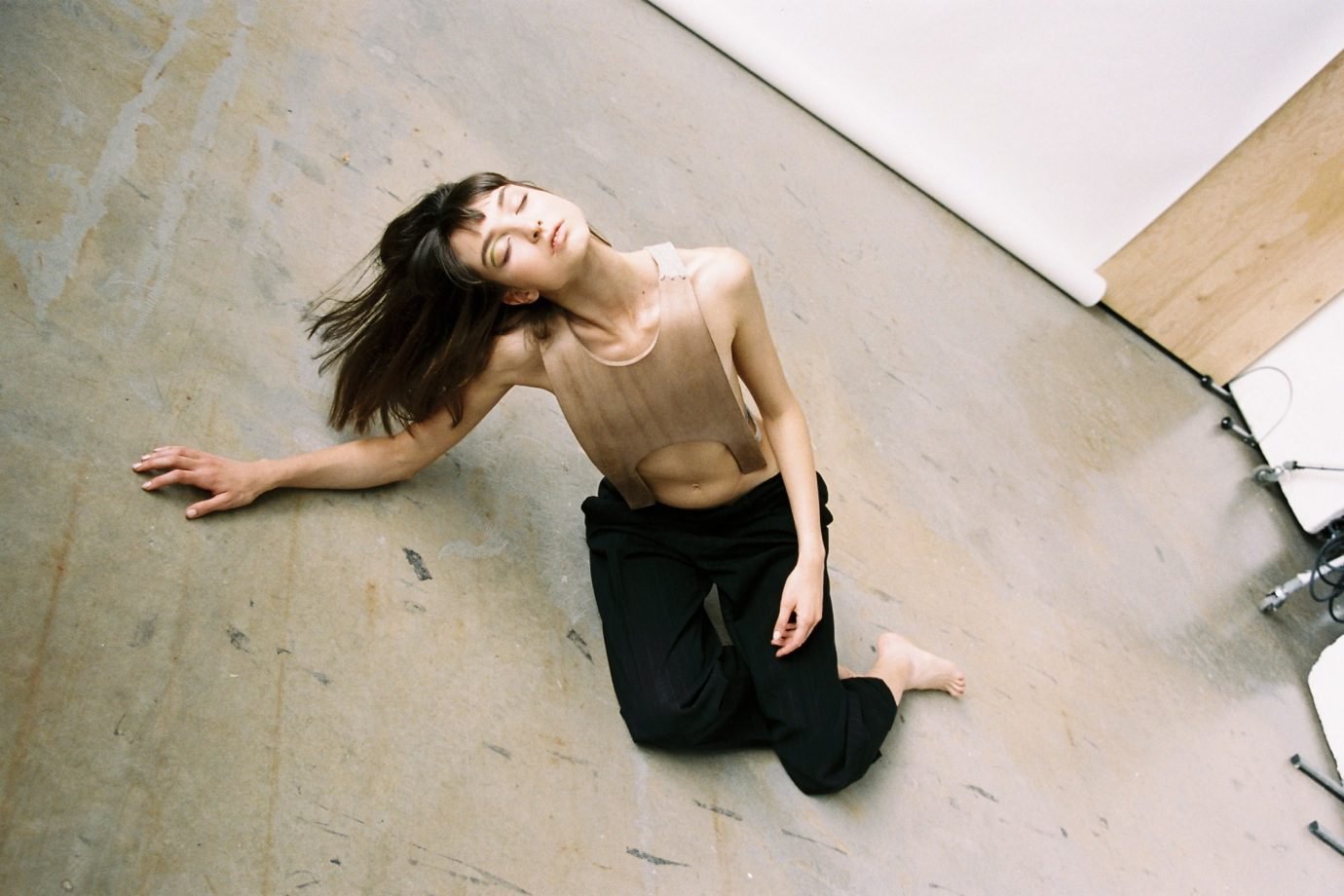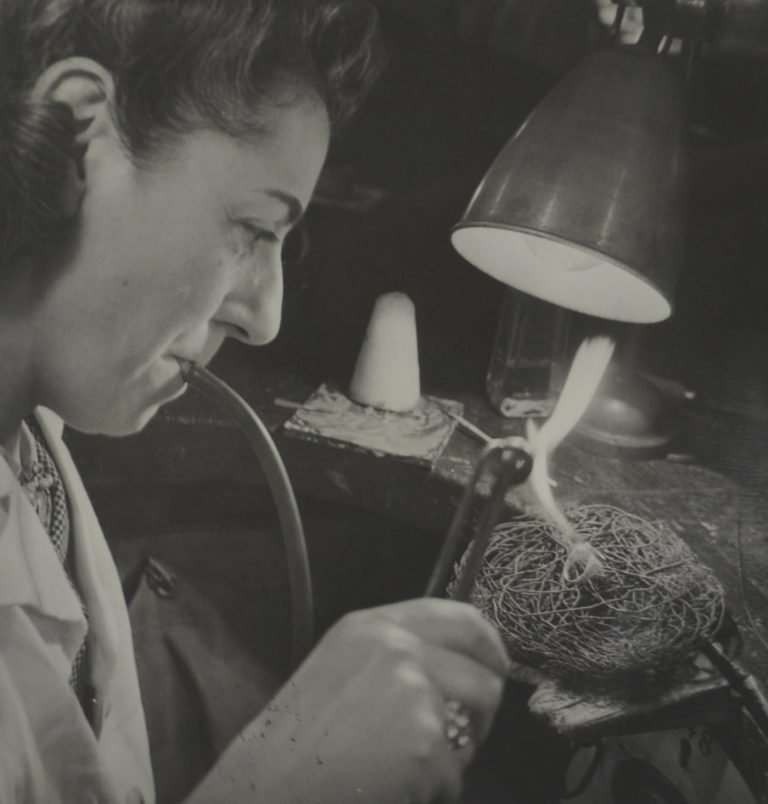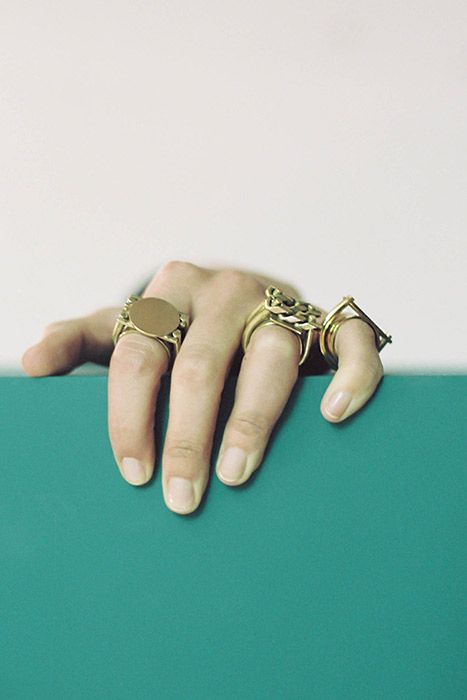How to conceptualise and create jewellery in 2016?
We spoke with four recent graduates of Central Saint Martins’ BA Jewellery Design about each of their collections, from the conceptual to the technical adventures. An amalgamation of talents, the individuals contributed their own sense of style and design practice working both independently and collaboratively throughout the course. Although one collection vastly differs from the next, the amount of time and effort that has gone into making each meticulous piece is evident.
The inception of Shiyun Chen’s collection came from what could appear to be an uncommon starting point: skin disease. Often regarded as disturbing and visually unappealing, the side effects of this (such as blisters and dead or dry skin) alter not only the look and shape of a body, but also how others perceive it. Shiyun intended for her pieces to be far removed from the original sensation found in her research, by creating intricate pieces — using a mixture of precious and non-precious materials to imitate the beauty of the colours and textures of various skin diseases, such as lupus and shingles. Through the incorporation of both visual and emotional elements of skin disease, her final collection is an example of functional and relatable work.
Muhua Chen
Based on Muhua Chen’s childhood toys, her collection is both a playful and personal reminder of her memories from times bygone. Through creating interactive pieces, an emphasis on the preciousness of her past is demonstrated, in a series of simple mechanical structures that generate movement to amuse and bring joy to its wearer. Kinetic jewellery of the past – from Alexander Calder’s moving sculptures to Dukno Yoon’s suspended wings – has been a great source of inspiration for Muhua, as she carefully studied the structural forms and movement, in order to add elements of humour and originality into her own design. Her use of acrylic gives us an insight into the process of making: “Marks and rough edges are deliberately left as reminiscences of my own imperfect childhood.”
Chloe Valorso
Chloe Valorso created her own narrative and belief system with the help of her alter ego, Bob. Describing Bob as “a supernatural entity that guides me in my creativity”, the importance of this alter ego is consistent throughout the stages of her design process. Bob is to be understood as a chimerical concept that demonstrates the possibility of unity between different realities, and challenges traditional perceptions of reality. Since creating her own version of mythology, she finds herself feeling like a member of a lost tribe. Using found objects and natural materials such as African Blackwood and snake vertebrae, Chloe’s eclectic ‘cluster’ became the starting point for her collection.
Nathan Dickinson
Often drawn to sculpture and sculptural jewellery, Nathan Dickinson works on a large scale with materials that have a transformative quality. His graduate collection in particular, mainly made from plaster, demonstrates a transition from liquid to solid. Nathan’s work is inspired by and directly relates to the body. The fascination of movement and fluid shapes that the body holds, resulted in the exploration of a relational ‘jewellery-object’ that is best understood by touch. Although jewellery by definition, his collection aims to explore the relationship between object and the human form, which became a central part of the design and making process. It enabled Nathan to create objects that do not communicate gender, but rather go beyond it — allowing individuals to interpret and interact with each of the pieces as they want. “The process is quite messy and visceral – much like the body – but the end result is an object that has transcended both body and gender.”

